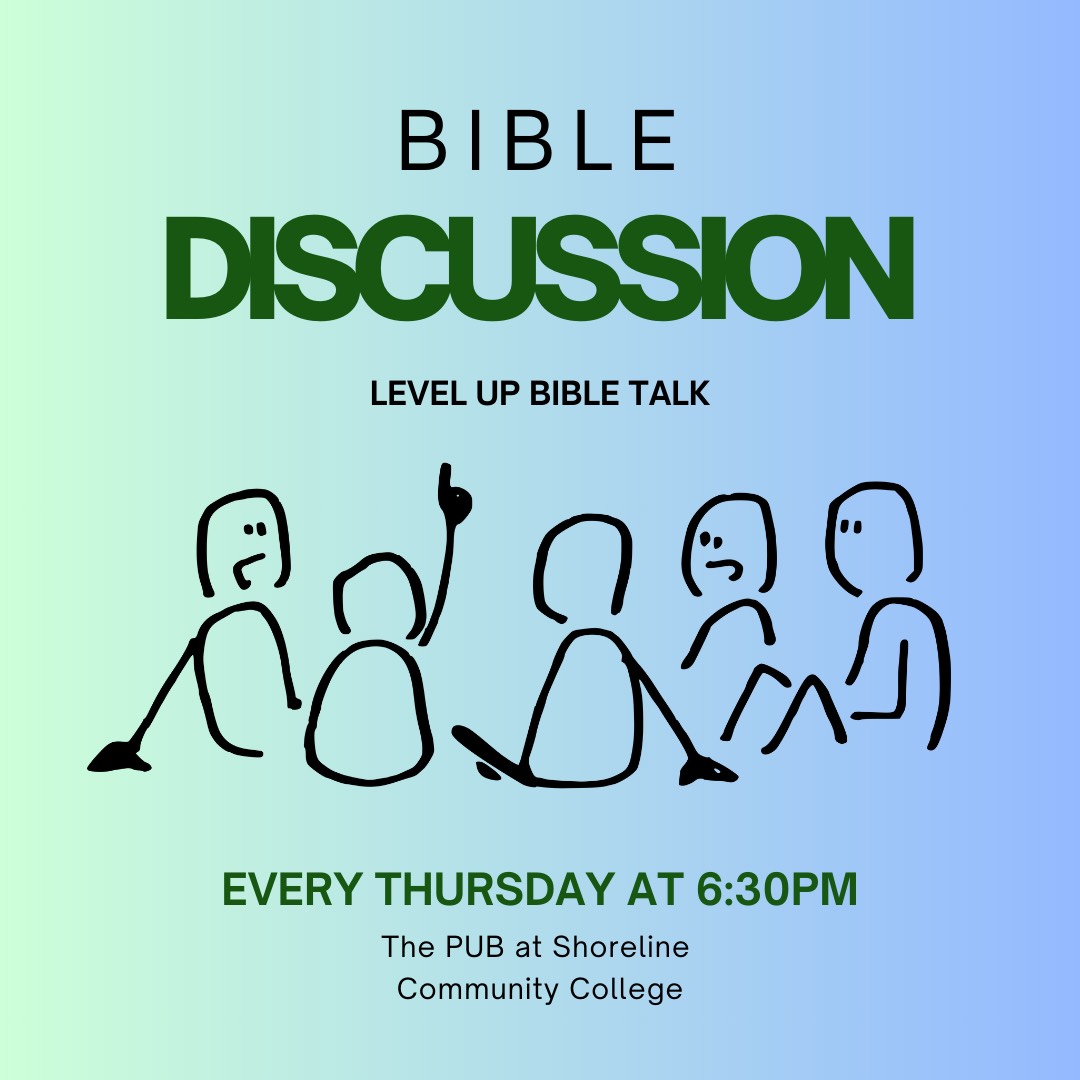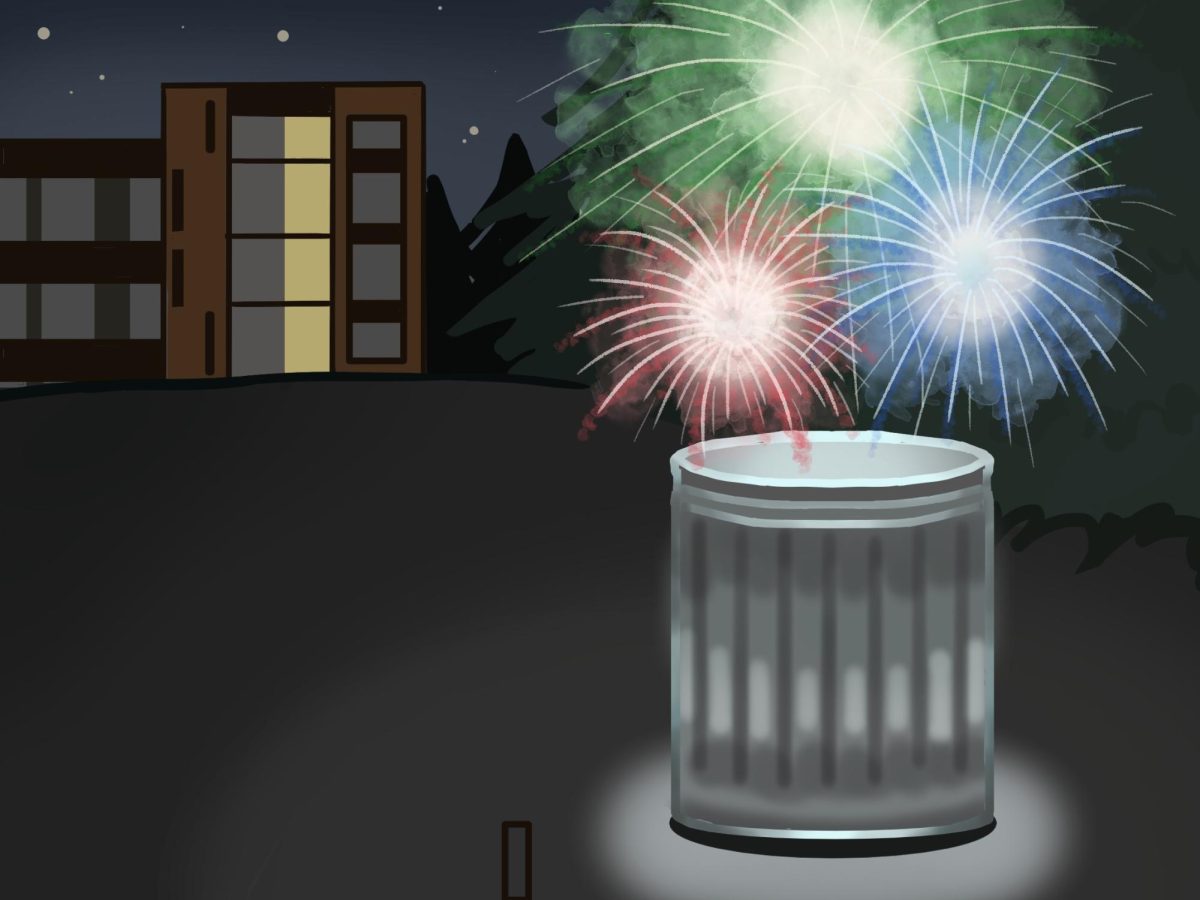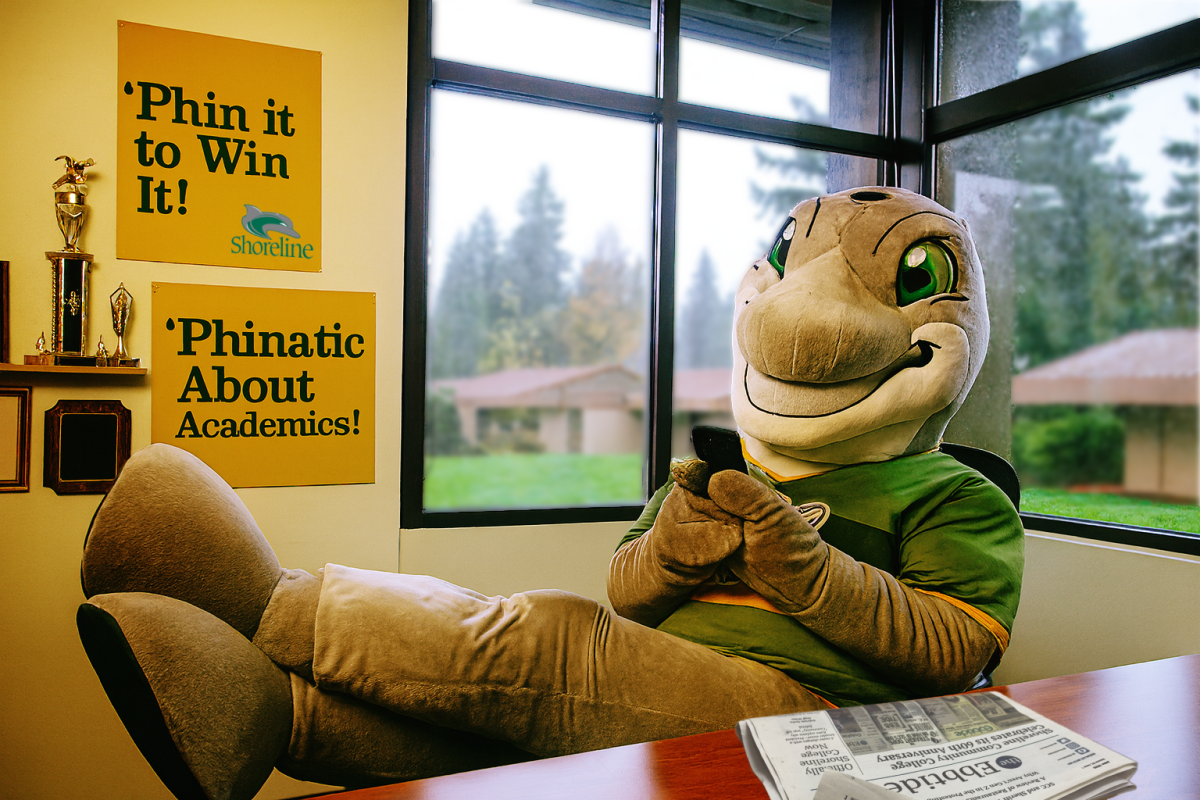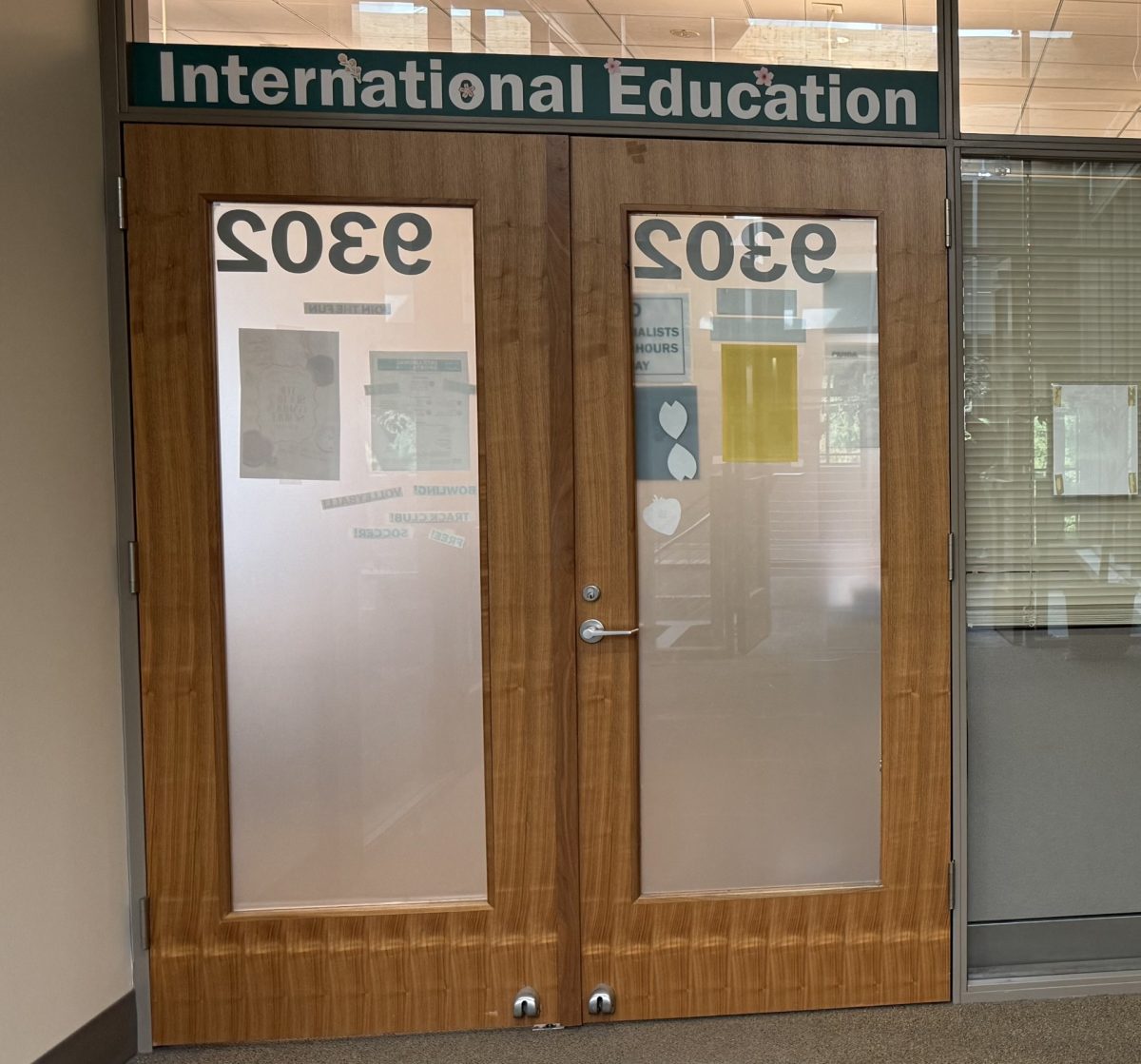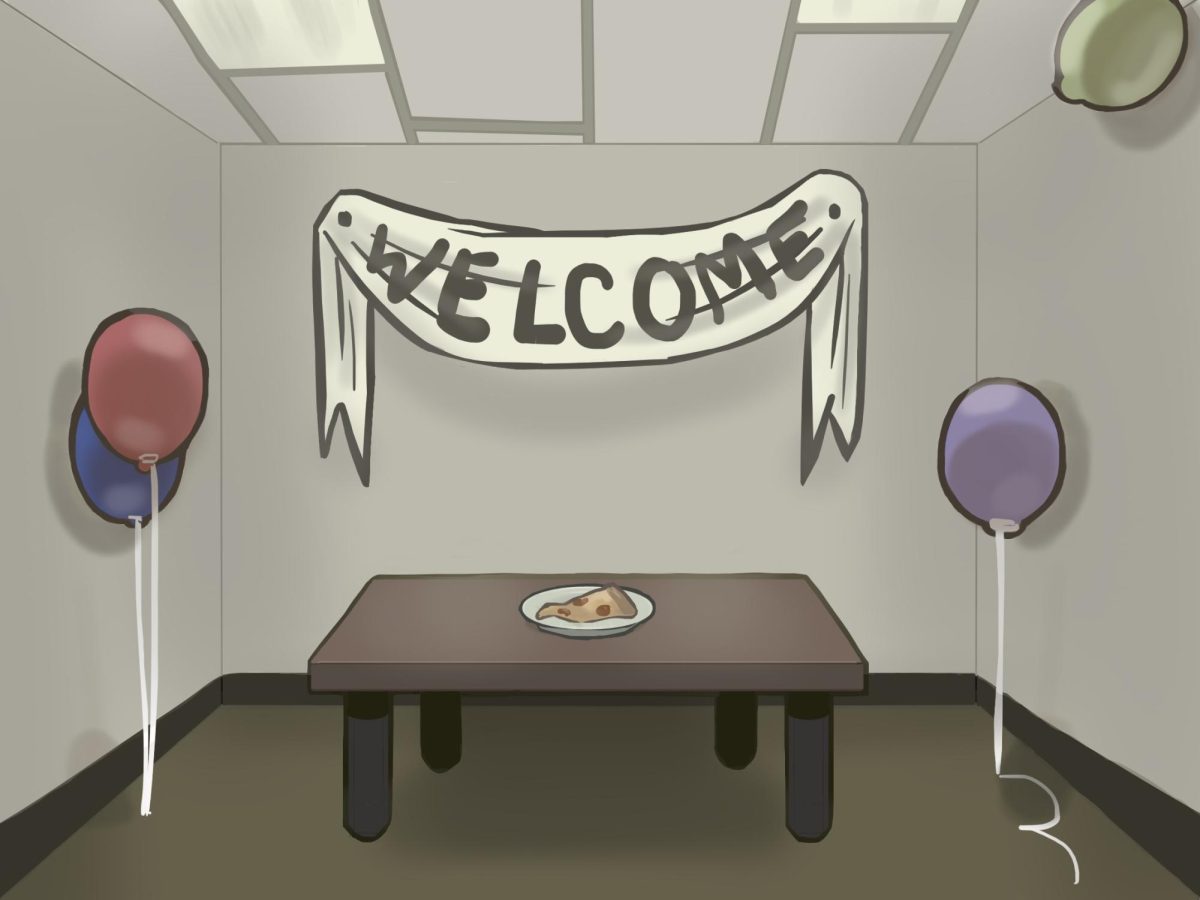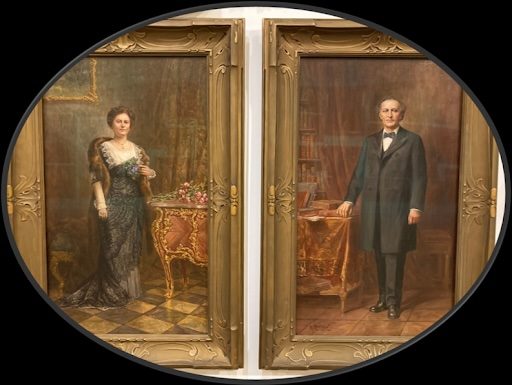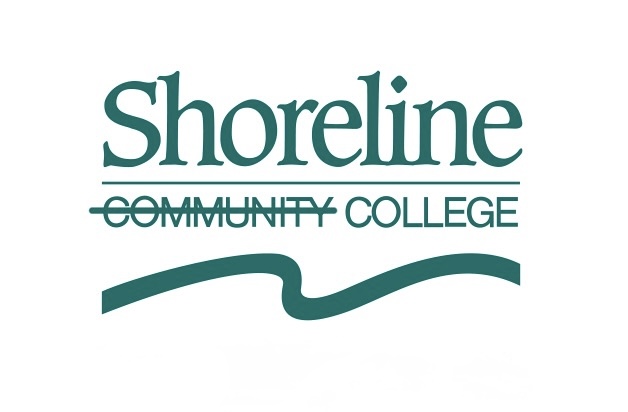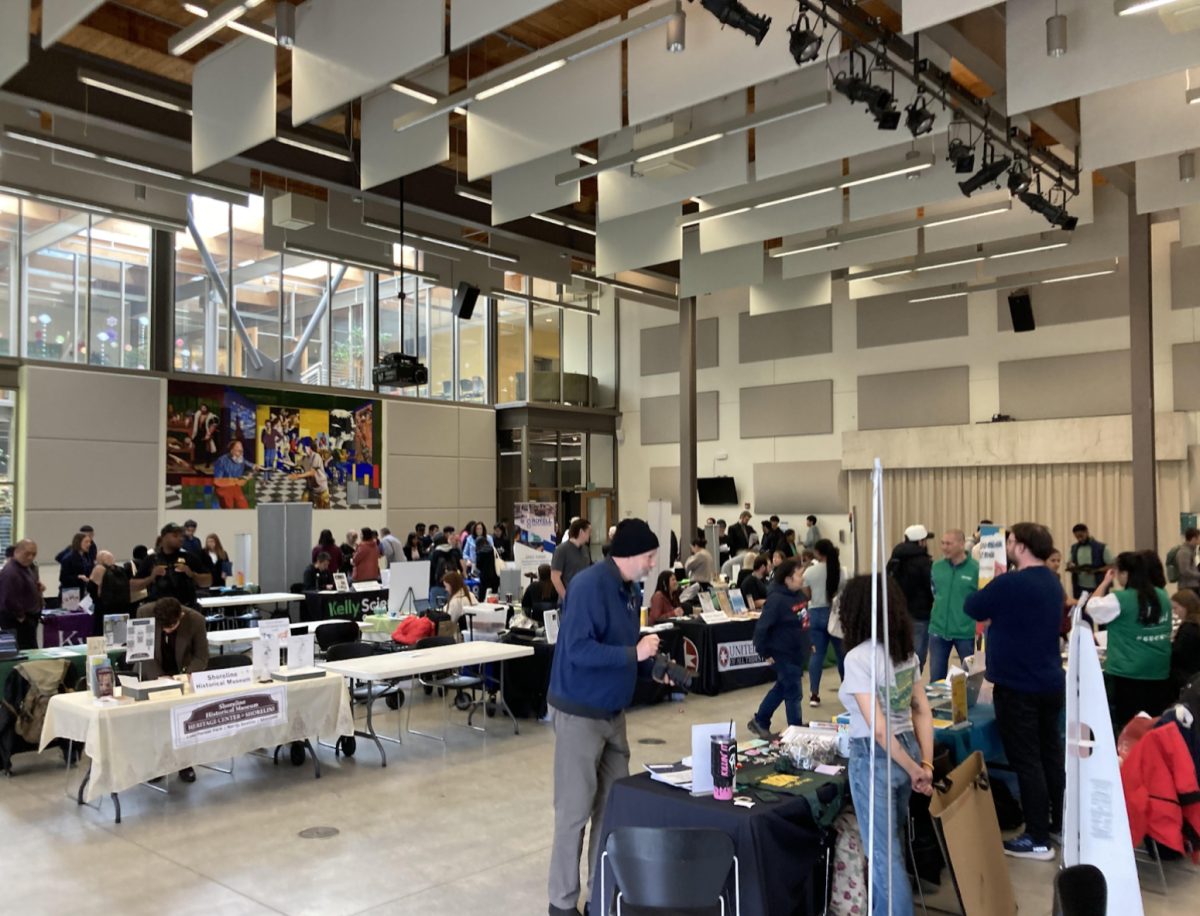UPHOLDING FREE SPEECH WITHIN COMMUNITY STANDARDS
On Monday, June 4, a man on campus used a large sign with harsh language on it to denounce Islam directly in front of the PUB.
A number of classrooms reported the volume of the incident as disruptive. As people began to congregate around him, trained officers from the executive team went out to mediate, and security officers kept the situation from escalating.
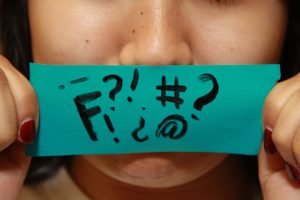
Two days later, SCC President Cheryl Roberts sent out an email to the student body and faculty discussing the occurrence.
“As a College community, we do not subscribe to hateful and/or disrespectful actions,” she said. “We value creating an open and welcoming campus environment for all. As a public college, we also uphold individual rights to freedom of speech and freedom of expression, even if we disagree with a person’s ideology.”
Roberts urged onlookers with concerns to respond to incidents such as these by either reporting them to the Community Standard email address at [email protected] or by contacting Safety and Security if they feel threatened. In addition, students can seek support at the Counseling Center if they want to discuss the incident further.
Proselytizers have long made use of the area in front of the PUB, using public space on a public campus to spread messages. And sometimes those messages perpetuate the imagined evils of others.
“We have lots of responsibilities,” SCC President Cheryl Roberts said in an interview with the Ebbtide. “We have to keep our students safe and the person who’s expressing their point of view safe. Just make sure there’s enough space in between, so that people, if they want to engage, can engage.”
It is an old question: what speech is protected and what can be deemed as “hate speech” or unlawful?
The Law
Oliver Wendell Holmes is a figure often cited as a stalwart advocate for free speech. A Supreme Court justice who served from 1902 to 1932, Holmes is famous for arguing in favor of an open interpretation of the First Amendment, which guarantees, among other things, the freedom of speech.
“I think that we should be eternally vigilant against attempts to check the expression of opinions that we loathe and believe to be fraught with death,” he wrote in a dissenting opinion to Abrams v. United States in 1919. Unless there is an “imminent threat” to the law, he believed free speech should be upheld at all costs.
He is also credited with founding the “clear and present danger” part of the exceptions to the First Amendment, which says that, for example, falsely yelling “fire!” in a crowded room is illegal due to the imminent harm it could cause.
In 1969, the Supreme Court case Brandenburg v. Ohio overturned an Ohio law prohibiting public speech advocating for various illegal activities.
It signaled an end to the court delineating guilt based on the presence of “bad tendencies,” which had been the norm during the communist scare and made it easy for the government to suppress free speech. Moreover, it re-established Holmes’ “clear and present danger” criteria for the lawful restriction of freedom of speech when there is an imminent threat of violence.
For public K-12 schools involving minors, the free speech law is clearer than with adults. Harper v. Poway Unified School District, a case out from the Ninth Circuit Court of Appeals, upheld a ban in 2006 on a student’s T-shirt that had a derogatory message about gay and lesbian people.
The school involved, Poway High School in California, was in the midst of a “Day of Silence” held by the Gay-Straight Alliance at the time.
In his opinion, the presiding judge, Stephen Reinhardt, said that students have a right to be free of taxing speech while at school. The conclusion says: “The Free Speech Clause permits public schools to restrict student speech that intrudes upon the rights of other students. Injurious speech that may be so limited is not immune from regulation simply because it reflects the speaker’s religious views.”
On June 19, 2017, the U.S. Supreme Court ruled in favor of Simon Tam in Matal v. Tam. He wanted to register his band “The Slants” with the U.S. Patent and Trademark Office, who said that the name was unlawful under the Lanham Act.
The Supreme Court unanimously deemed that a provision of the Lanham Act, which denies trademarks that could be disparaging to people’s institutions or beliefs, was unconstitutional.
“Speech that demeans on the basis of race, ethnicity, gender, religion, age, disability, or any other similar ground is hateful,” Justice Samuel Alito said, “but the proudest boast of our free speech jurisprudence is that we protect the freedom to express ‘the thought that we hate.’”
Justice Anthony Kennedy agreed, saying, “A law that can be directed against speech found offensive to some portion of the public can be turned against minority and dissenting views to the detriment of all.”
The Scholars
As previously covered by the Ebbtide, Shon Meckfessel, an English professor at Highline College, came to speak at SCC about updating the Community Standard policy of the campus.
In the wake of the lecture, the Faculty Senate hosted a conversation about it and made plans to review the college’s new free speech policy.
English Professor and Faculty Senate Chair Maya Smorodinsky said she welcomed Meckfessel’s lecture and lauded it as “a great opportunity to analyze the issue critically and recognize contradictions in the marshaling of ‘free speech’ policy.”
Smorodinsky said it was a chance to contemplate Meckfessel’s theory about how the freedom to speak may not be equivalent to the freedom to have a platform.
Tim Wise, the anti-racism activist and writer, is one of many scholars who point out that the First Amendment already has a variety of limitations on what can and can’t be said.
For instance, slander and libel, false advertising, harassment and the dissemination of personal information about others are just a few of the ways “First Amendment absolutism is not only inconsistent with Constitutional jurisprudence,” Wise said. “It is also a moral and practical absurdity.”
In that same article published in December 2005 on civilrights.org, Wise said, “The free speech rights of racists, by definition, must be balanced against the equal protection rights of those targeted by said speech.”
He discusses the need for a balance, saying, “an argument can be made that certain kinds of racist speech create such a hostile and intimidating environment that certain limits would be not only acceptable, but required, as a prerequisite for equal protection of the laws.”
Shannon Gilreath is a Wake Forest University professor of law and women’s, gender and sexuality studies. He describes himself as interpreting the First Amendment through the Fourteenth Amendment, which guarantees equal protection under the law.
In the opening statements of an article in the Wake Forest University research paper series in legal studies, he defines, “what I term “anti-identity” speech and its effects on its targets. Its targets are almost always minorities who are unpopular because of certain inescapable identifying traits. They are always traditionally marginalized and systematically disadvantaged peoples.”
Other scholars and organizations support a broader interpretation of the First Amendment, such as the American Civil Liberties Union (ACLU). Minority opinions in the past, including arguments advocating for civil rights for minorities in the South, were considered “hate speech.”
Their website says, “Where racist, misogynist, homophobic, and transphobic speech is concerned, the ACLU believes that more speech — not less — is the answer most consistent with our constitutional values.”
The Future
A 2018 Gallup study of 3,014 college students ranked their desire to promote diversity and inclusivity or protecting free speech. Overall, a small majority (53 percent) valued diversity and inclusivity.
But among historically disenfranchised groups, the numbers were different. For women and black people, the percentages were 64 and 68, respectively, in favor of inclusivity.
It is also a partisan issue: 69 percent of Republicans and only 34 percent of Democrats prefer protections for free speech.
Ultimately, SCC’s administration has authority to regulate the time, place and manner of messages being shown on campus. It does not have the authority to regulate content (see the First Amendment). Current guidelines dictate the manner of procedure in which these matters get resolved.
First, the Faculty Senate comes up with an outline of potential changes to the free speech policy. Then the Associated Student Government (ASG) hears the Faculty Senate’s proposal and makes suggestions of their own, which in turn gets delivered to the Executive Team for review.
After this most recent incident, Smorodinsky said that the Faculty Senate suggested differentiating free speech and protected speech, and that they pushed back on the “necessity to provide a platform for ideologies that pose a risk to our student body.”
“This poses a false dichotomy and allows violent and dangerous groups to pose as victims of hate themselves,” she said in an email to the Ebbtide.
President Roberts said that over the next couple of weeks, the executive team will examine the current policy as well as potential changes made by the Faculty Senate and the ASG. In early fall, they will hold a public hearing to discuss the results.
The debate about how to deal with potential hate speech on college campuses will continue. Within the framework of the reignited hostility of our current political climate, these issues will not evaporate overnight.
And, as America’s institutions of higher learning struggle in their attempt to continue educating young people in a safe and free manner, they will grapple with not only where they stand, but how firmly or tepidly they are willing to plant their flag in the sand and declare, “This is what we stand for.”
You can view SCC’s Community Standard at the college’s website.
PHOTO BY Nick Molsee



